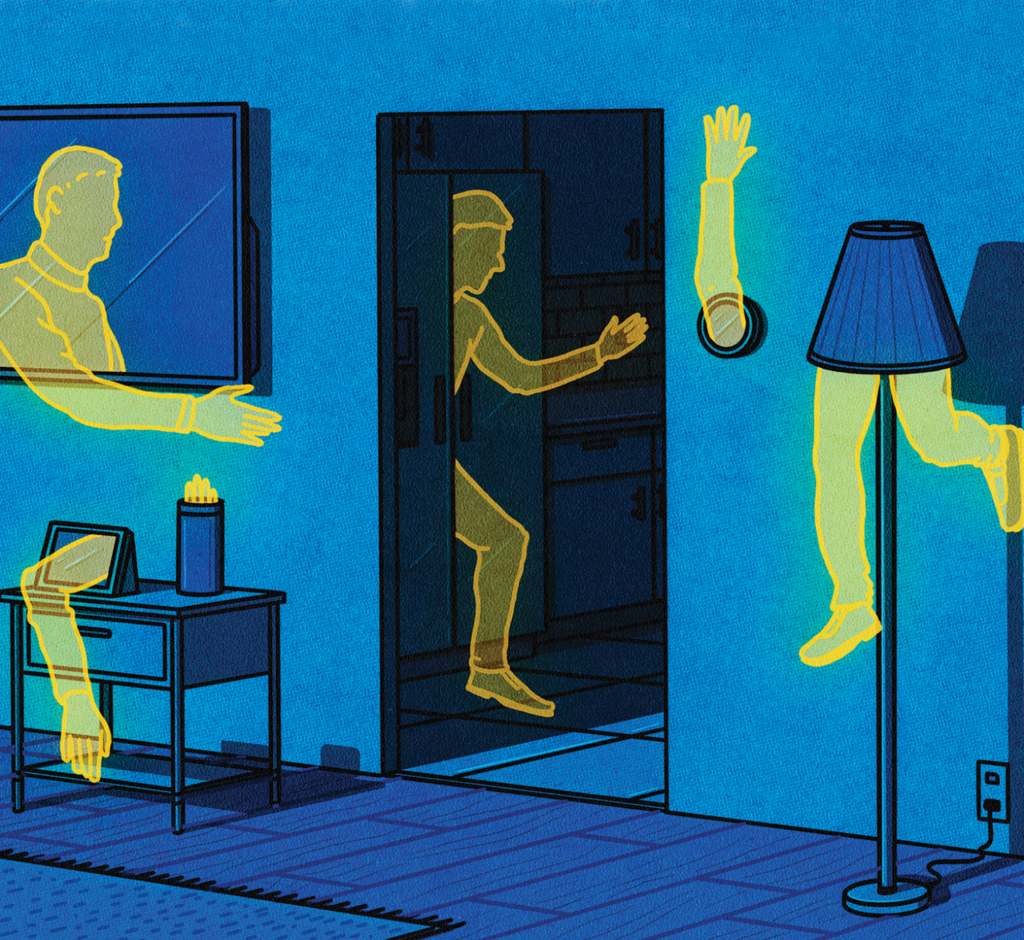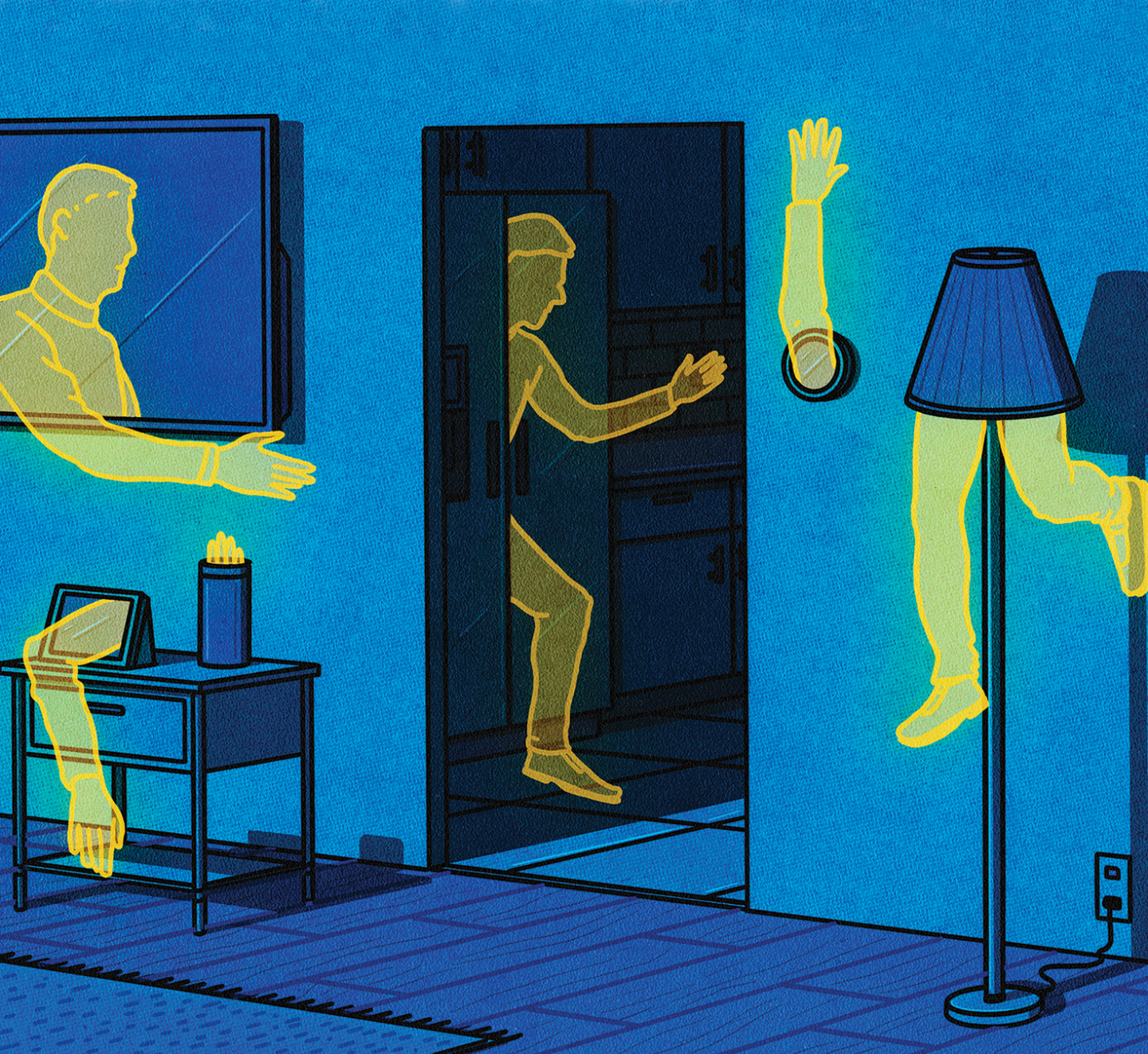Vulnerable to attacks
SPLICE, short for Security and Privacy in the Lifecycle of Internet of Things for Consumer Environments, is a five-year, $10 million program to develop trustworthy devices and best practices and principles.
As the smart home market is expected to expand into a more than $53 billion worldwide industry by 2022, Johns Hopkins computer scientist Avi Rubin, a co-principal investigator for SPLICE, says the effort is sorely needed because so few industry standards have been established.
“The current state of affairs in smart home security and privacy is dismal,” Rubin says. “Many smart home Internet of Things devices have been built, sold, and deployed without proper security. These vulnerable systems often present easy targets for malicious attackers who can utilize them as platforms for further intrusion into the home network, for participation in botnets, and for ransomware attacks. An increasing number of home appliances and devices are ‘smart,’ and the result is a much wider attack surface in the home.”
Safer spaces
The effort, led by Dartmouth University and funded by a National Science Foundation grant, comes as the federal government and states grapple with laws to protect consumers by requiring companies to equip devices with security measures. Over the past two years, Rubin testified three times to the Maryland General Assembly about such mandatory security rules. Legislation failed in Maryland, but California and Oregon passed laws requiring Internet of Things manufacturers to build minimum security features into all devices. The federal government is contemplating similar measures.
Ten faculty experts will manage teams conducting research related to security, privacy, sociology, human-computer interface design, wireless networks, radio engineering, and mobile computing.
“Home is a place where people need to feel safe from prying eyes,” says principal investigator David Kotz, a computer science professor at Dartmouth University. “SPLICE will address the challenges required for the vision of smart homes to be realized safely and successfully.”
Read the complete story at The Hub.


